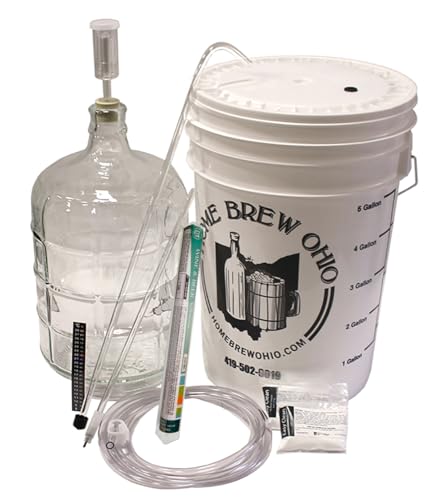Sing it like Don Ho! Don’t know that tune? Search for “Tiny Bubbles’ by Don Ho. Jeesh I’m getting older!
I’ve been battling a 2022 Chilean Cabernet Sauvignon 6 gal juice batch for 2 years and tonight just caught a ticking carbonation time bomb.
Started a juice bucket on Apr 16, 2002. It was thin and low ph 3.36. I didn’t add anything special: American oak chips, RC 212 yeast and 2.5 lbs of sugar to kick start it at 1.102 SG. It was a slow ferment and nutrients were added. Added in Malolactic culture and after primary fermentation and secondary (.994 SG), moved to age and finish Malo. In June I racked and added Kmeta and oak cubes. Same in November. In Apr 2023 I racked again and noted how thin it tasted and was ‘meh’ overall. I degassed due to acid and added chestnut tannin and Kmeta’d again.
In Sept ‘23 I racked for bottling. Was disappointed with how thin it was, but had some cherry and oak flavors. It might be drinkable. I added some glycerine to give it some body and a couple ounces of Wine Conditioner to take some of the acidic taste away by sweetening it a bit. Added Pottasium Metabisulfite and bottled.
Onward to Apr 2024, 2 years later, and I pulled the cork and heard a distinctive ‘Pop’ followed by visible CO2 wafting gas. Poured a glass and watched bubbles galore fill the glass and SG testing cylinder (ugh) for a reading. The wine conditioner with Sorbate in it didn’t stop the 2nd ferment and a bottle ferment had begun. it is now SG of 1.00 and it still tastes acidic, thin, cherry, and oaky, but with bubbles. Just like a weak Cab Sav Champagne should taste! I drank half the bottle, switched to Barbados Rum, and am now considering 1) pulling the corks on 25 bottles, dumping to a bucket and adding Sorbate and Kmeta, put in a carboy and let it sit for a week then rebottle, or 2) dump it.
I drank half the bottle, switched to Barbados Rum, and am now considering 1) pulling the corks on 25 bottles, dumping to a bucket and adding Sorbate and Kmeta, put in a carboy and let it sit for a week then rebottle, or 2) dump it.
Thoughts?
I’ve been battling a 2022 Chilean Cabernet Sauvignon 6 gal juice batch for 2 years and tonight just caught a ticking carbonation time bomb.
Started a juice bucket on Apr 16, 2002. It was thin and low ph 3.36. I didn’t add anything special: American oak chips, RC 212 yeast and 2.5 lbs of sugar to kick start it at 1.102 SG. It was a slow ferment and nutrients were added. Added in Malolactic culture and after primary fermentation and secondary (.994 SG), moved to age and finish Malo. In June I racked and added Kmeta and oak cubes. Same in November. In Apr 2023 I racked again and noted how thin it tasted and was ‘meh’ overall. I degassed due to acid and added chestnut tannin and Kmeta’d again.
In Sept ‘23 I racked for bottling. Was disappointed with how thin it was, but had some cherry and oak flavors. It might be drinkable. I added some glycerine to give it some body and a couple ounces of Wine Conditioner to take some of the acidic taste away by sweetening it a bit. Added Pottasium Metabisulfite and bottled.
Onward to Apr 2024, 2 years later, and I pulled the cork and heard a distinctive ‘Pop’ followed by visible CO2 wafting gas. Poured a glass and watched bubbles galore fill the glass and SG testing cylinder (ugh) for a reading. The wine conditioner with Sorbate in it didn’t stop the 2nd ferment and a bottle ferment had begun. it is now SG of 1.00 and it still tastes acidic, thin, cherry, and oaky, but with bubbles. Just like a weak Cab Sav Champagne should taste!
Thoughts?





















































